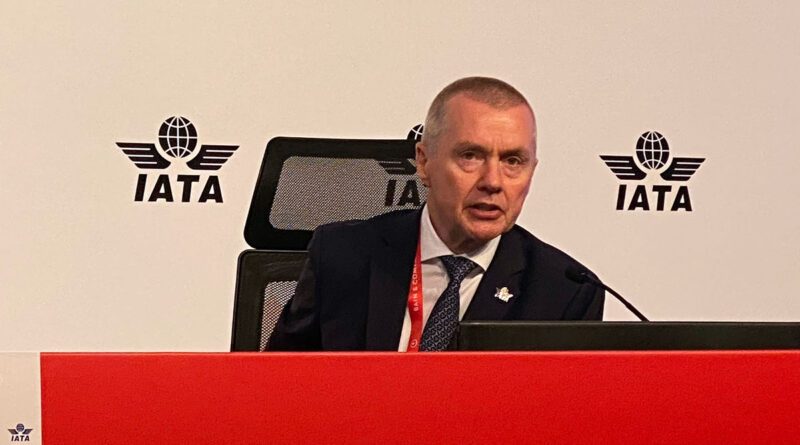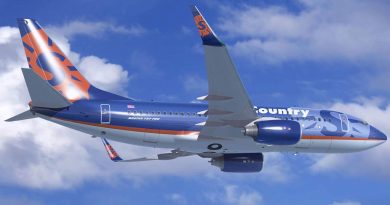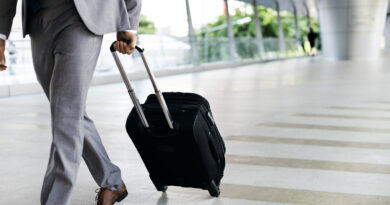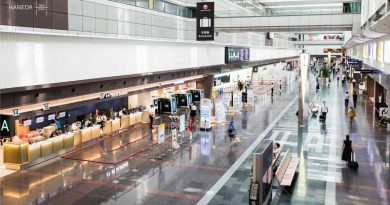IATA chief says governments must play a role to reach net-zero goal for airlines
ISTANBUL — IATA’s leader on Monday reasserted the airline industry’s commitment to achieving net-zero emissions by 2050 but called on coordinated, non-punitive action by governments to assist in the effort.
“Governments, suppliers and financiers cannot be spectators to the challenge. We all have skin in the game. And each must deliver the products, policies or investments needed to decarbonize,” said IATA director general Willie Walsh, who spoke at the trade group’s annual general meeting on Monday.
IATA estimates that airlines will achieve net zero through a mix of initiatives. Sixty-five percent of carbon reductions will come through the use of sustainable aviation fuel (SAF), according to the estimate. A further 19% will come through carbon offsets. New technologies are to account for 13% of the reduction. And 3% will come from infrastructure and efficiency improvements.
At present, SAF production is less than 0.1% of what the airline industry needs to achieve net zero, Walsh said. But, he noted, SAF production tripled in 2022. The industry is targeting 7 billion gallons of annual production by 2030, which Walsh said is achievable. That would amount to 6% of the annual production needed by 2050.
“We think it will be the tipping point because achieving it will establish the trajectory needed to scale up for 2050,” he said.
Walsh noted that it’s not just airlines that have made the pledge to achieve net zero in 2050. Last year, the International Civil Aviation Organization (ICAO), which is the United Nations’ aviation arm, also committed to that target. That makes governments accountable to achieve a global policy framework that will facilitate the process, argued the IATA chief.
Walsh praised the U.S. government’s SAF incentive program that was included in last fall’s Inflation Reduction Act. Under its auspices, airlines are to receive credits of between $1.25 and $1.75 per gallon for SAF purchases, depending upon how much the fuel improves upon lifecycle greenhouse gas emissions compared to standard kerosene-based jet fuel. Such credits help reduce the cost gap between SAF and standard jet fuel.
Currently, SAF can cost between two and four times as much as it fossil fuel-based predecessor, according to IATA chief economist Marie Owens Thomsen.
To qualify for the credit, the SAF purchased has to offer an emissions reduction of at least 50%.
Conversely, Walsh repeated IATA’s long-standing opposition to SAF purchase mandates. Norway and Sweden, for example, currently have regulations requiring airlines to meet minimum thresholds of SAF purchases, and Walsh noted that governments ranging from Singapore to India to the European Union are considering similar mandates. In April, EU negotiators reached agreement on a green-fuels mandate of 2% for all flights departing from an EU airport beginning in 2025, with a gradual rise to 70% by 2050.
Walsh said that airlines are limited not by their willingness to purchase SAF but by lack of production.
“When there is not enough supply, a purchase mandate will drive prices up, stall innovation and limit competition long before supply increases,” he said.
The IATA leader also called on governments to establish global standards for a “book-and-claim system.” Under book-and-claim, airlines purchase SAF credits but the fuel doesn’t have to be used on their aircraft. It can also be placed on aircraft that are closer to production facilities.
“I think it would be a very poor situation if we saw SAF being produced in the United States but to fulfill a mandate that Europe imposes on its airlines, we start shipping what is produced in the U.S. to Europe,” Walsh said. “You are adding to the carbon footprint.”
Source: Read Full Article



